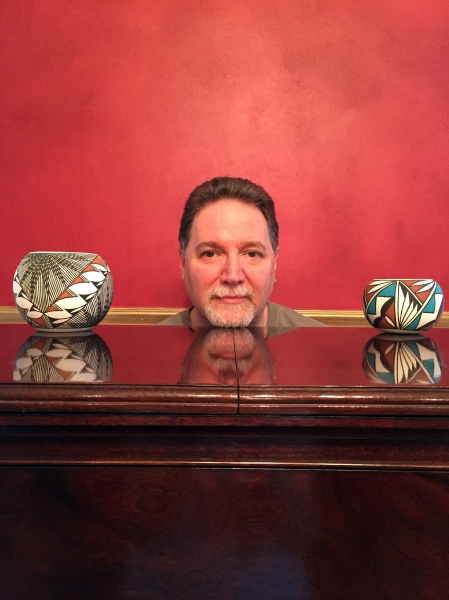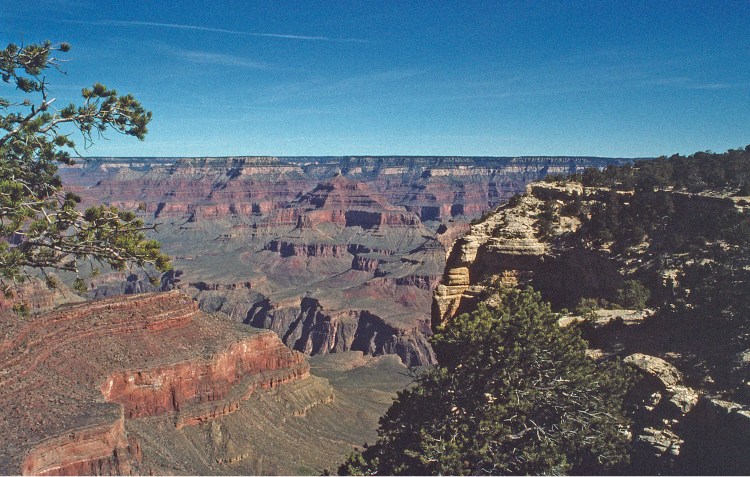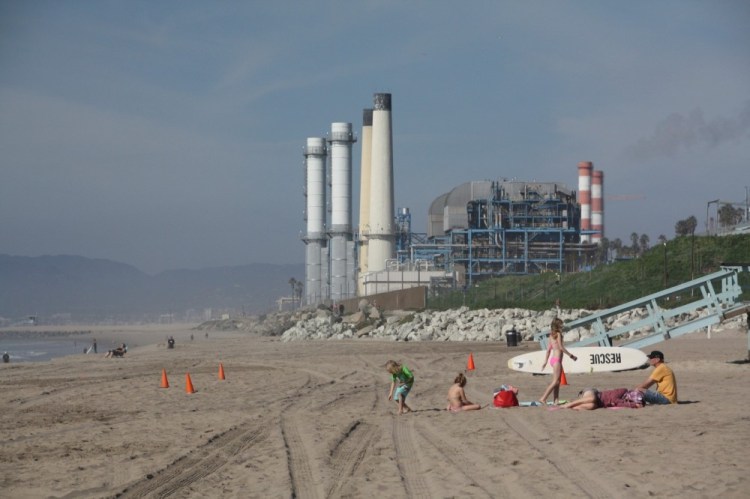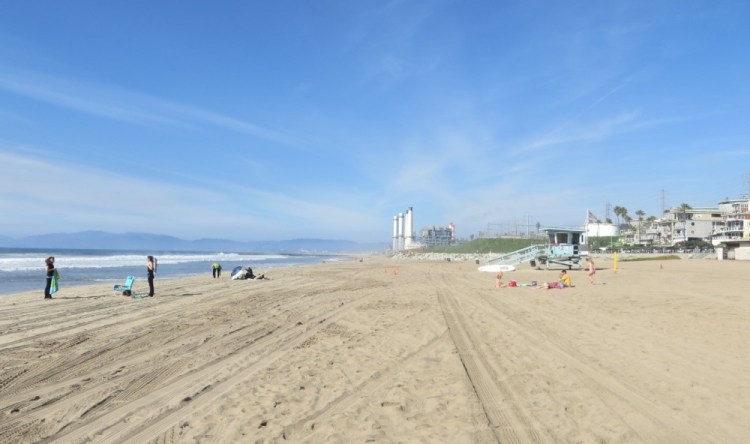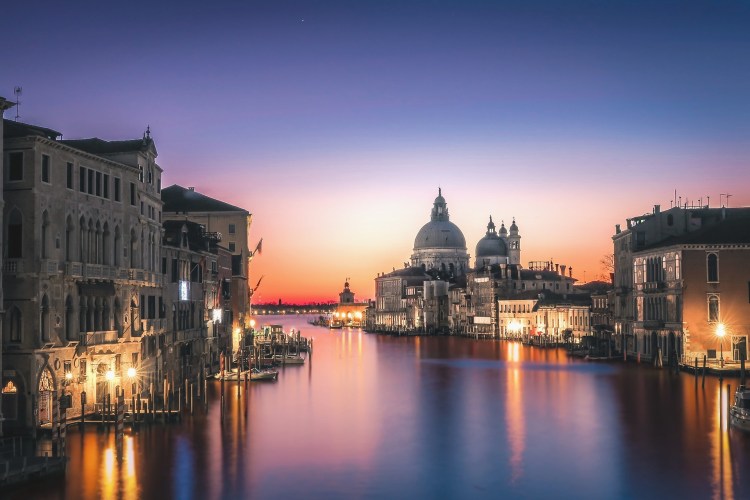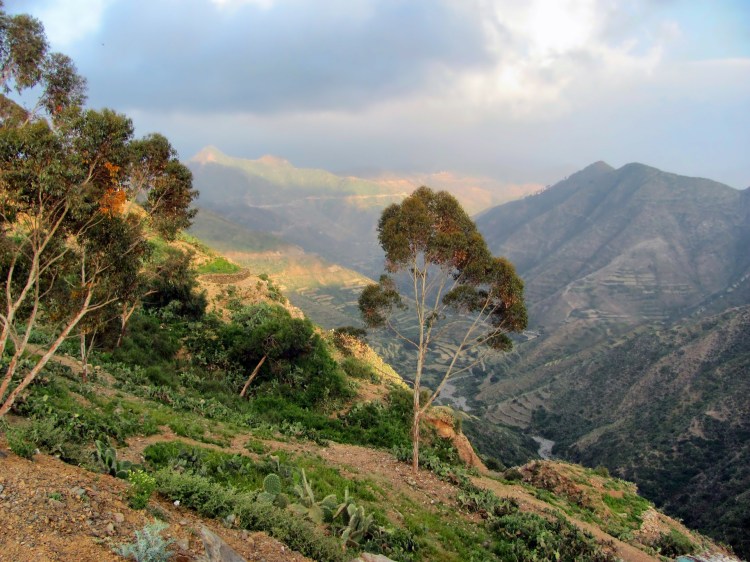
Olive Oil
(for my Sephardic grandmother)
by Rafaella Del Bourgo
I remember eyes like sapphires,
dark moles in the folds of her neck,
her bosom, skillfully imprisoned in linen.
Olive oil must be deep green and pungent
to evoke other memories,
sautéed fava beans, roasted chicken,
rice blushing with tomato and raisins plump with steam.
Cream puffs for dessert,
flour caught in her diamond ring.
We were fed advice:
Never buy a used book; people are dirty.
Those crab apples are sour;
your mouth will pucker up and stay that way, forever.
No one will want you.
We don’t take the bus; we’ll never have to, God willing,
we take cabs.
Kosher meat is always best; don’t try to fool me with that traife
from Albertson’s.
In her birthplace, Massaua, Eritrea,
where she could hear lions cry outside the compound walls,
she attended the only school for girls; nuns taught women’s work.
On Shabbos, her father, a colonel in the Italian army,
brought in hungry Jews to feed.
Her mother emptied the larder, silently served them.
Before Grandmother’s blood broke,
the betrothal was sealed by mail;
the family with its too many girls lacked dowry
and who but a cousin would have her?
Wrapped like a gift against the ocean’s cold,
she was shipped to Shanghai,
hand-written recipes in her trunk.
Among the rickshaws on the dock,
a stranger, my grandfather, elegant and contained, in a downpour.
**
After twenty years and two boys,
before Mao marched and the Last Emperor fell,
Grandfather got the family and its fortune out,
settled into the house on Tiger Tail Road in Brentwood,
comfortable among the wealthy and the famous.
She ruled her house with a wave of her hand
and commands in Ladino. She knitted and sewed,
taught the proper way to behave.
Don’t be familiar with the maid;
she’s robbing us blind.
It’s not ladylike to run.
Don’t wear that frou-frou blouse;
dress well and you, too, will marry a Del Bourgo.
Keep the line pure.
In her curio cabinet, animals of yellowed ivory, amber and jade:
a small herd of horses, three monkeys, a Pekinese.
Dressed up in dotted swiss,
I was allowed to play with them, but carefully,
behind the striped silk couch with dragon’s feet.
When I go, all these will be yours.
But, after Grandfather died,
the antiques buyer with the mustache arrived.
Month by month, the creatures were sold
as I secretly wept in one room, Grandmother in another.
I wear her earrings of platinum and pearls,
make filling for bourekas the old way:
stir spinach and onions, ground meat and garlic in sizzling olive oil.
A knob of hard candy between my teeth,
I sip bitter tea from her gold rimmed cup,
close my eyes, lean against the kitchen counter,
listen for the sound
of the lions’ cry.
PHOTO: Highlands between Asmara and Massawa, Eritrea, Africa. Photo by David Mark.


NOTE: Eritrea is a country in the Horn of Africa region of Eastern Africa, bordered by Ethiopia in the south, Sudan in the west, and Djibouti in the southeast. The northeastern and eastern parts of Eritrea have an extensive coastline along the Red Sea. The nation has a total area of 45,406 square miles. Lions are said to inhabit the mountains of the Gash-Barka Region. Massawa is a port city located on the Red Sea. Massawa was the capital of the Italian Colony of Eritrea until the seat of the colonial government was moved to Asmara in 1897. Massawa has an average temperature of 86°F, one of the highest in the world.
PHOTO: Railway between Asmara and Massawa, Eritrea. Photo by VOC.
NOTE FROM THE AUTHOR: My father’s family are Sephardic Jews. His mother and father were second cousins, betrothed by mail when they were children. She was born and raised in Massua, Eritrea. His family fled Turkey by ship which docked temporarily in New York, where his pregnant mother got off to have him. So, he was an American citizen. Then, the family continued on to Japan where there were other family members. When my grandmother was 18 and he was around 20, her family put her on a ship to Shanghai, China, where my grandfather, a stranger, met her. They married and raised two boys, including my father.

ABOUT THE AUTHOR: Rafaella Del Bourgo’s writing has appeared in journals such as Nimrod, The Jewish Women’s Literary Annual, The Adroit Journal, The Green Hills Literary Lantern, Caveat Lector, Puerto Del Sol, Rattle, Oberon, Spillway, and The Bitter Oleander. She has won many awards, including the Lullwater Prize for Poetry in 2003, and in 2006 the Helen Pappas Prize in Poetry and the New River Poets Award. In 2007, 2008, and 2013, she won first place in the Maggi Meyer Poetry Competition. The League of Minnesota Poets awarded her first place in 2009. In 2010, she won the Alan Ginsberg Poetry Award and the Grandmother Earth Poetry Prize. She was awarded the Paumanok Prize for Poetry in 2012, and then won first place in the 2013 Northern Colorado Writers’ Poetry Contest. Finally, she won the Mudfish Poetry Prize for 2017. Her collection I Am Not Kissing You was published by Small Poetry Press in 2003, and her chapbook, Inexplicable Business: Poems Domestic and Wild, was published in 2014 by Finishing Line Press. In 2012, she was one of 10 poets included in the anthology Chapter & Verse: Poems of Jewish Identity. She has traveled the world and lived in Tasmania and Hawaii. She recently retired from teaching college-level English classes, and resides in Berkeley, California, with her husband.


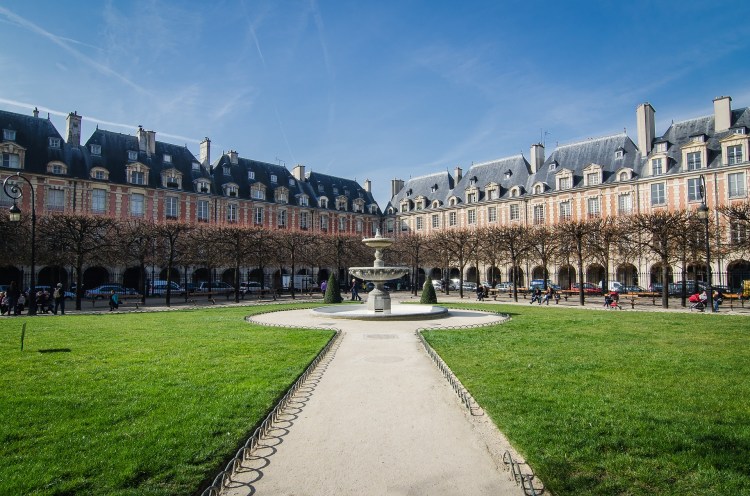
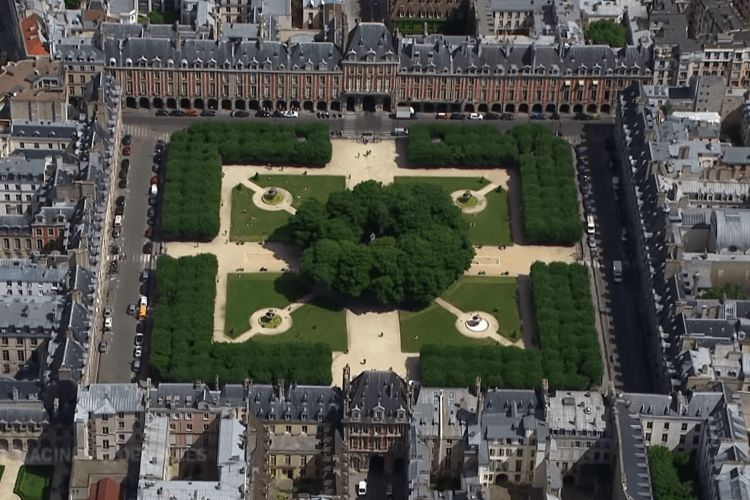

 ABOUT THE AUTHOR:
ABOUT THE AUTHOR: 

